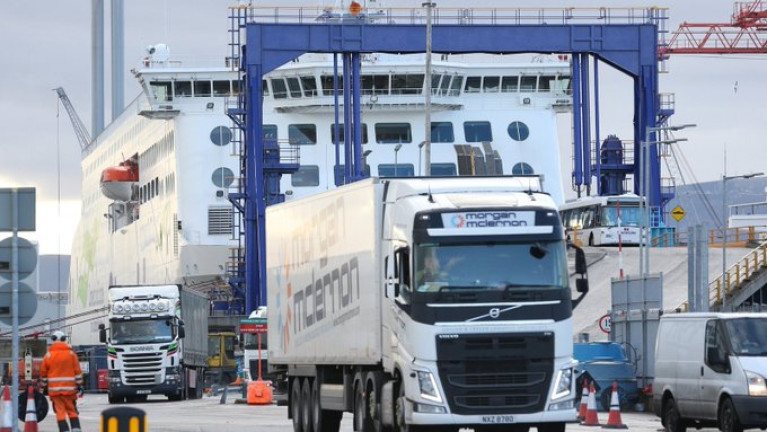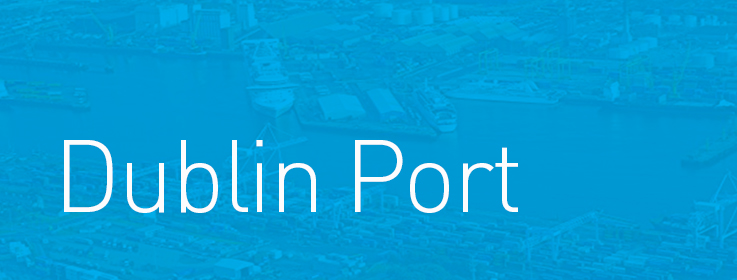



New Maritime Training Course on the River Liffey Aims to Provide Skills for Dublin Port's Marine Industry
16th March 2022 River Liffey




Dublin Port Recruiting for Project Management and Administrative Roles
14th February 2022 Dublin Port
Dublin Port Chief Says Brexit Ends ‘Landbridge’ Route as Port Records Sharp Fall in Lorry Freight
21st January 2022 Dublin Port



Small Ship's Cementing Relationship Between Dublin Port and the Channel Islands
11th January 2022 Dublin Port
‘All in a Row’ Marathon Charity Challenge on Dublin’s River Liffey Provides A Great Boat Show Afloat
16th December 2021 Coastal Rowing






























































